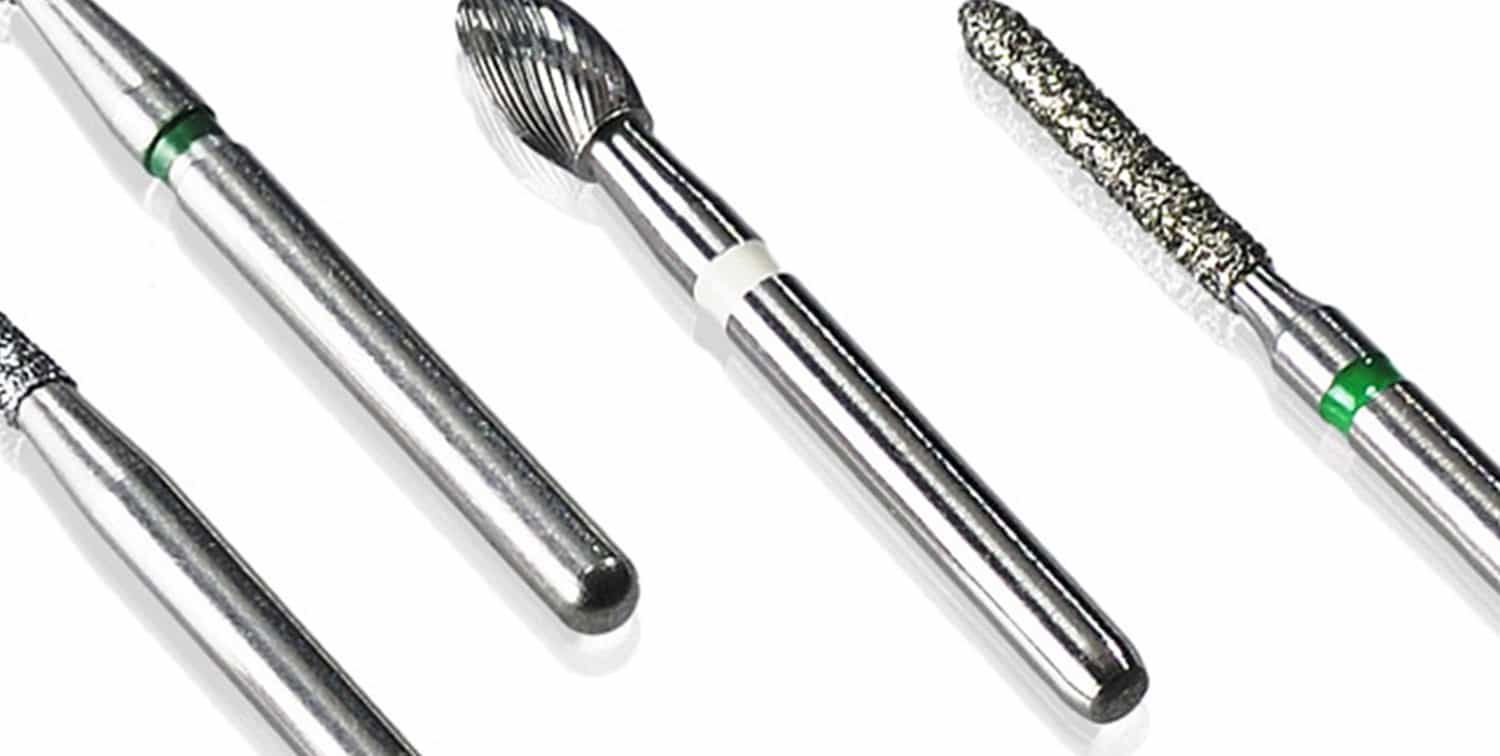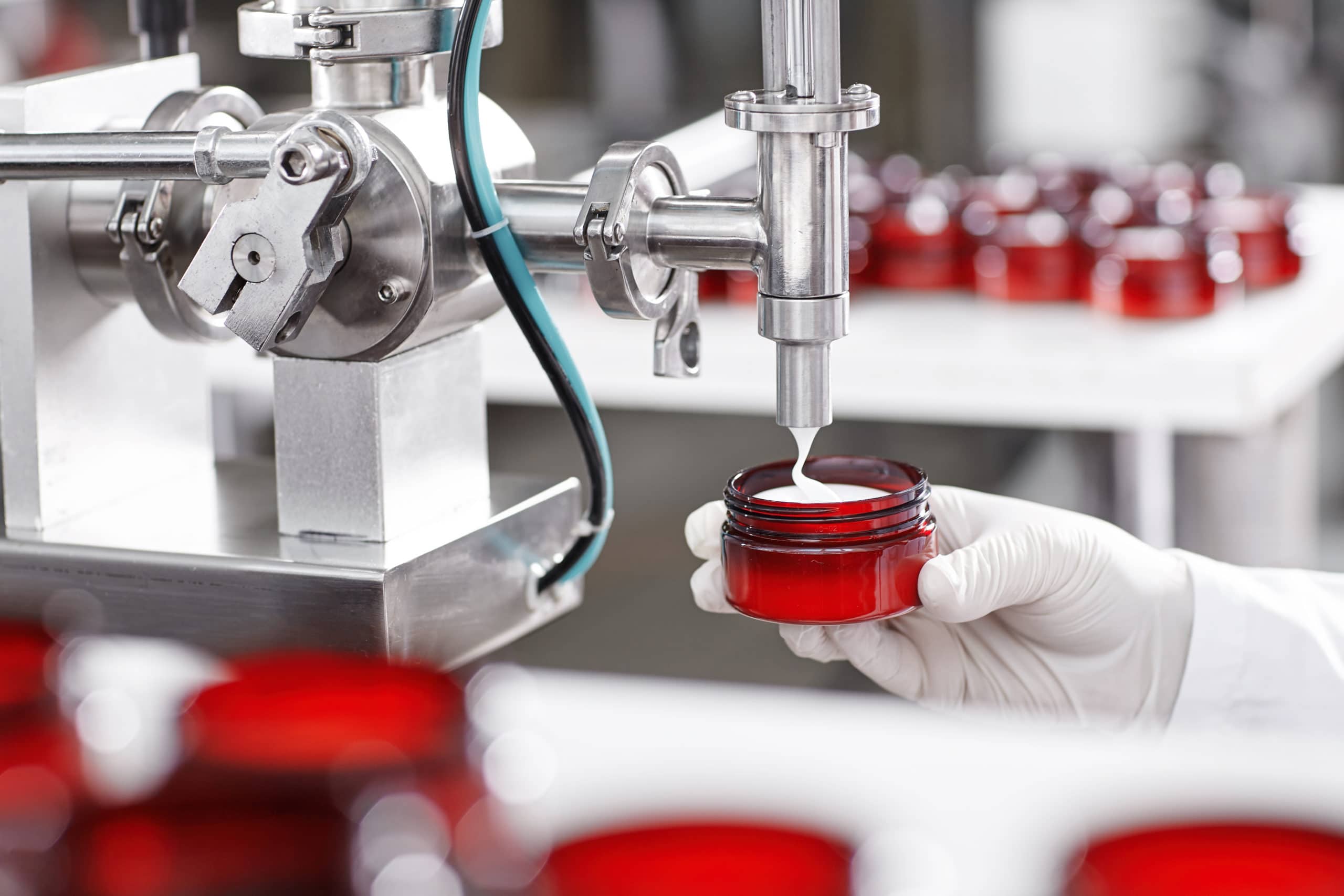low distortion surface hardening treatment
induction hardening
what is induction hardening?
Induction hardening, also known as induction hardening, is a heat treatment process that involves rapid and precise heating of the steel component, followed by rapid cooling (quenching). High-frequency electric fields heat the surface of the component via induction coils, which is then usually quenched with a liquid medium. This creates a locally hardened layer on the surface.
Differently shaped induction coils are available and can be produced according to customer requirements.
induction hardening process
Induction hardening uses a coil-shaped copper conductor to generate an electromagnetic field. An electrical voltage is generated in the material itself, which in turn generates heat. This quickly heats the material to the required hardening temperature. This can be regulated by the current strength on the coil-shaped conductor and by the duration of the current supply.
benefits of induction hardening
The advantages of induction hardening range from fast and precise heating to high reproducibility and the ability to adjust the penetration depth.
Further advantages of induction hardening therefore include the possibility of partially hardening components in an uncomplicated manner and the ability to achieve very high hardening depths.
Furthermore, the throughput times for induction hardening are comparatively short. Induction hardening has not only shortened production cycles, but also minimized distortions, which contributes to more sustainable and higher quality production. It requires special know-how and the use of complex tools and equipment.
- Fast and precise heating: Induction hardening enables lightning-fast heating of the workpiece surface. The precise control of this process results in uniform heat treatment, which leads to improved surface hardness.
- Local application: By focusing the induced current, induction hardening can be applied to specific areas of a workpiece. This is particularly advantageous for meeting local hardening requirements.
- High reproducibility: The induction hardening process offers remarkably high reproducibility of results, resulting in consistent quality of treated workpieces.
- Low dimensional changes: Compared to other hardening processes, induction hardening causes fewer dimensional changes to the workpieces, reducing the need for subsequent machining steps.
- Environmentally friendly process: Induction hardening requires less energy compared to other hardening processes, resulting in improved energy efficiency and reduced environmental impact
- Versatile applications: The induction hardening process is widely used in various industries.
suitable materials for induction hardening
Induction hardening is used to harden surface layers. The component surface is heated by induction and the existing microstructure is transformed. A surface layer carbon content of at least 0.35% should be present for target-oriented inductive hardening.
induction hardening in various industries
Induction hardening is used in almost all industries. However, there are major advantages here, particularly in heavy mechanical engineering. Induction hardening is also particularly popular for integration into mechanical processing lines, even in companies without specialist heat treatment knowledge.
our service for you, from the idea to series production
- Developing individual innovations
- Clarify detailed questions
- Support from the idea to series production
- First-class support
- Highest quality – whether small or large series
- Certified according to DIN EN ISO 9001:2015, VDA 6.1:2016 and ISO 13485:2016
frequently asked questions – induction hardening
What is inductive hardening?
In contrast to convection heating in closed systems, induction hardening heats the areas of the workpiece through which eddy currents flow. This process only takes a few seconds. Only the component surface is heated, the remaining area of the component remains unaffected and does not experience any thermal influence. The quenching is only targeted at the heated area.
What is the hardening depth in induction hardening?
The depth of hardness is defined in exactly the same way as with other heat treatment processes. In addition to the surface hardness, there is a defined hardness at a certain distance from the surface.
What are some differences between flame hardening and induction hardening?
Induction hardening is comparable to flame hardening in terms of process technology, except that the inductor (induction coil) replaces the burner.
What are the applications of induction hardening?
Induction hardening is used in particular when only a partial area of a component is to be treated and the remaining area is not to be heated. Or when different hardening depths need to be set on a component.
The process is widely used in various industries, including automotive engineering, tool manufacturing, mechanical engineering and many others, where improved surface properties of workpieces are required.
industries we serve
process locations
Any questions? Contact us directly or select a process location near you.
Dunningen
Germany 48.2249668.5003521 info.dunningen@aalberts-st.com +49 7403 92907-0 show locationSoudan
France 47.7059027-1.3208699 info.soudan@aalberts-st.com +33 228040600 show locationThyez
France 46.07632076.5266973 info.thyez@aalberts-st.com +33 450 3463 98 show locationVermondans
France 47.38966236.7607384 info.vermondans@aalberts-st.com +33 381 9645 85 show locationBlackburn
United Kingdom 53.7642256-2.4548116 info.blackburn@aalberts-st.com +44 1254 264901 show locationUnsere Verfahren
Wir bieten weltweit alle Arten von Wärmebehandlungsprozessen an. Unsere Anlagen sind logistisch eng miteinander verknüpft, so dass Ihnen alle Verfahren zur Verfügung stehen. Erfahren Sie mehr zu unseren Wärmebehandlungsverfahren.
Heiß-Isostatisches Pressen (HIP) dient der Beseitigung von Porosität. Sie benötigen bei Lötverbindungen eine hohe mechanische Haltbarkeit und Unempfindlichkeit bei hohen Temperaturen? Wir bei Aalberts surface technologies bieten die Lösung durch Hartlöten (brazing).
Polymerbeschichtungen können auf viele Grundmaterialien aufgebracht werden und bieten lang anhaltenden Schutz. Sie sind mechanisch besonders gut mit dem Untergrund verankert und bieten verbesserte Gleiteigenschaften und/oder hohe Verschleißfestigkeit.
Mit 40 Jahren Erfahrung in der kontinuierlichen Veredelung von reel to reel können Sie sich auf Aalberts surface technologies verlassen, um innovative Lösungen zu finden. Unser Service umfasst Trommelgalvanik, kontinuierliche selektive Galvanik und Gestellgalvanik.
Fast alle metallischen Grundwerkstoffe können mit unseren selbstentwickelten und patentierten Verfahren durch Oberflächenbeschichtungen in ihren Eigenschaften optimiert werden, egal ob sie besonders hart, glatt, verschleißfest oder korrosionsbeständig sein sollen.

Discover our services
We offer all types of heat treatment processes. Our facilities are closely interlinked in terms of logistics, which means that all processes are available to you. For a complete list and description of heat treatment technologies please select the button.
Hot isostatic pressing (HIP) is used to eliminate porosity. Do you need high mechanical durability and insensitivity to high temperatures for solder joints? We at Aalberts surface technologies offer the solution through brazing.
Polymer coatings can be applied to a wide variety of base materials and offer long-lasting protection. They are particularly well anchored mechanically to the substrate. Additional enhancement layers allow non-stick coatings to be combined with improved sliding properties and/or high wear resistance.
With 40 years of experience in continuous reel to reel finishing, you can depend on Aalberts surface technologies to find innovative solutions that other companies might say are impossible. Our service includes barrel plating, continuous selective plating and rack plating.
Almost all metallic base materials can have their properties optimised by surface coatings using our proprietary and patented processes, regardless of whether they should be particularly hard, smooth, wear-resistant or corrosion-resistant.

The Aalberts websites use cookies (read more) to analyse website usage and improve usability. We also use third party tracking-cookies to measure user preferences, enable content sharing on social media and interest-based advertising. If you hit 'accept' you allow to us to place the different types of cookies.
privacy overview
| Cookie | Duration | Description |
|---|---|---|
| cookielawinfo-checkbox-analytics | 1 year | This cookies is set by GDPR Cookie Consent WordPress Plugin. The cookie is used to remember the user consent for the cookies under the category "Analytics". |
| cookielawinfo-checkbox-necessary | 1 year | This cookie is set by GDPR Cookie Consent plugin. The cookies is used to store the user consent for the cookies in the category "Necessary". |
| cookielawinfo-checkbox-others | 1 year | This cookie is set by GDPR Cookie Consent plugin. The cookie is used to store the user consent for the cookies in the category "Others". |
| cookielawinfo-checkbox-performance | 1 year | This cookie is set by GDPR Cookie Consent plugin. The cookie is used to store the user consent for the cookies in the category "Performance". |
| elementor | never | This cookie is used by the website's WordPress theme. It allows the website owner to implement or change the website's content in real-time. |
| Cookie | Duration | Description |
|---|---|---|
| cookielawinfo-checkbox-functional | 1 year | The cookie is set by GDPR cookie consent to record the user consent for the cookies in the category "Functional". |



